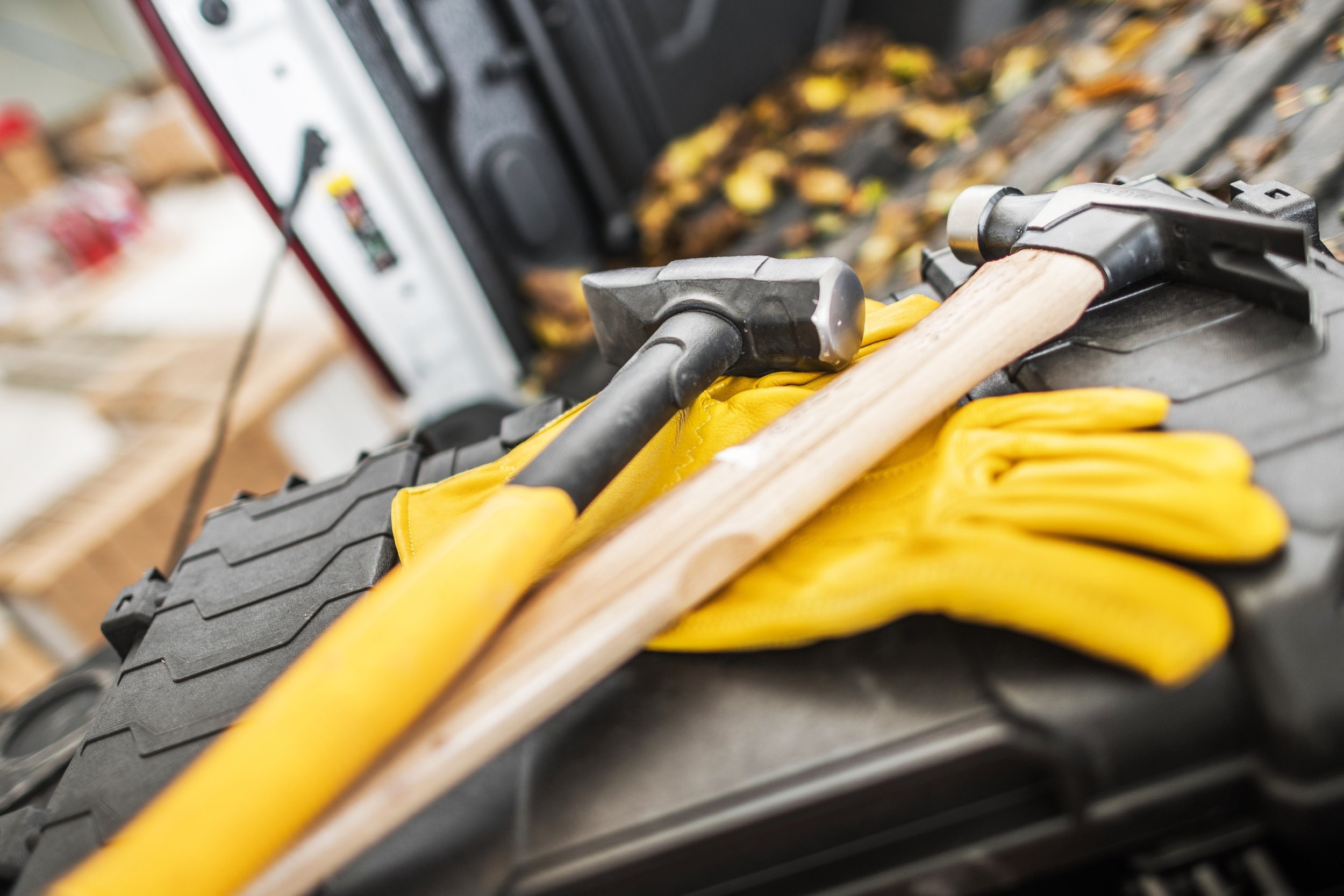
Restoration or Looking to renovate?
We offer controlled demolition and reconstruction preparation services to get your space ready to renovate!
From assessment to clean up, our team of professionals is qualified – whether you’re looking to remodel or if your property has suffered damage from the elements.
Our services include
Kitchen and bath remodeling preparation
Fire and water damage restoration
Deck and fence removal
New Grass: sod removal and soil prep
Our preconstruction
includes several phases
The restoration required for a home with significant water or fire damage depends on the extent of the damage, the materials affected, and for water damage, how long the water has been present.
-
-
Structural Integrity: Professionals (e.g., structural engineers) inspect the foundation, walls, floors, and roof to determine what can be salvaged.
Extent of Damage: Fire damage to structural components (e.g., wood framing, beams) and secondary damage from smoke, soot, and water used to extinguish the fire.
Health and Safety Hazards: Identifying compromised materials, such as charred wood, melted wiring, asbestos, or mold from water exposure.
-
Evaluate contaminants like bacteria, lead, nitrates, or arsenic.
Investigate taste, odor, or discoloration.
Assess for sediment buildup or scaling in plumbing.
Ensure water meets local guidelines for safe use by comparing results to local or national water quality standards, such as the Canadian Drinking Water Quality Guidelines
-
Utility Shutoff: Disconnect electricity, gas, and water to prevent accidents during demolition.
Hazardous Material Removal: Safely remove asbestos, lead-based paint, and other hazardous materials following regulatory guidelines.
Mold Remediation: Any materials showing signs of mold growth should be safely removed
-
-
-
-
Item description
The actual demolition varies based
on need but can include:
-
Drywall or Plaster: Remove if water-soaked, sagging, or stained. Wet drywall loses structural integrity and can harbor mold.
Insulation: Remove wet insulation in ceiling cavities, especially if it's fiberglass or cellulose.
Studs: Inspect wood framing for warping or rot. In extreme cases, we recommend replacing damaged studs.
Insulation: Wet insulation (fiberglass, cellulose, or spray foam) needs to be removed and replaced.
Remove baseboards, trim, and door casings that are water-soaked or swollen.
Inspect doors and door frames for warping
-
Carpet and Padding: Remove as these materials trap water and mold easily.
Wood Flooring: Remove if swollen, warped, or separating.
Subfloor: Inspect for signs of water saturation or mold. Remove and replace damaged areas. Moisture meters are used to assess level of moisture
Tile: Remove if the substrate (e.g., plywood or concrete) has been compromised.
Fire rarely damages concrete foundations, but if heat caused cracking or spalling, the foundation may also need partial or complete removal.
-
Removal of water-damaged cabinetry, especially MDF or particleboard, as they swell and break apart.
Check behind and under cabinets for water intrusion.
-
Inspect load-bearing beams, floor joists, and roof rafters for rot or compromise. Replace as needed.
Address weakened or collapsed sections of the structure immediately.
-
Remove and inspect ductwork exposed to water for mold or contamination. Replace if necessary.
Check and replace water-damaged air handlers or furnaces.
-
Electrical: Remove and replace water-damaged wiring, outlets, and junction boxes. Have a licensed electrician inspect the system.
Plumbing: Inspect exposed pipes and connections. Replace components that show damage or leaks.
-
Remove wet drywall, insulation, and flooring.
Inspect foundation walls for cracks or water intrusion.
Address vapor barriers or encapsulation systems affected by water.


